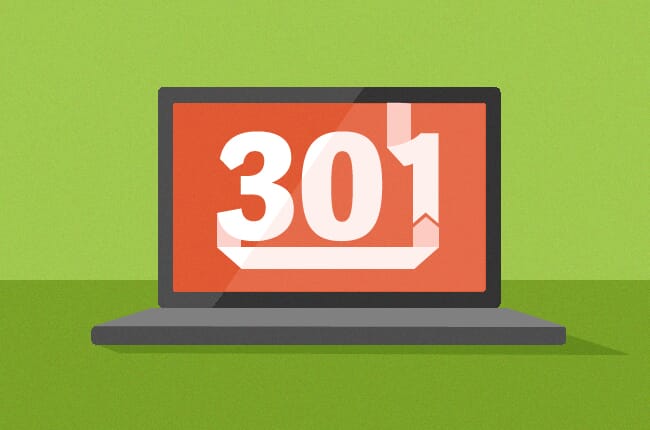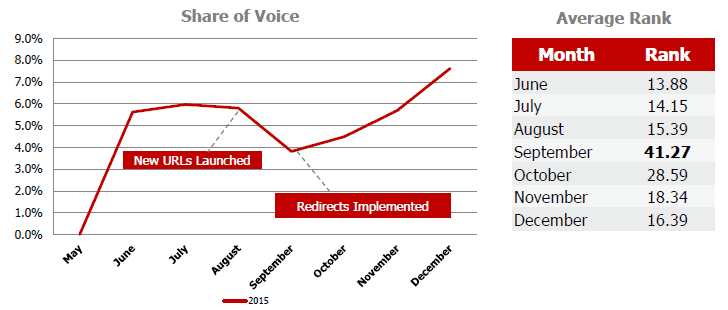Pages might come and go on sites all the time but it’s best practice to redirect old URLs to new relevant ones… or at the very least find the best experience to send users to.
Pages might come and go on sites all the time but it’s best practice to redirect old URLs to new relevant ones… or at the very least find the best experience to send users to.
404 pages are one option, but a mass accumulation does send negative signals back to search engines, as well as negatively impact keyword and page rankings. Bots don’t want to crawl a bunch of those pages and it’s up to us as webmasters to do our best to keep up with basic site maintenance like sun setting pages.
And let’s be honest, we can make them witty or funny (looking at you, MLB 404 page), but they really don’t offer users more than a ‘Hey, sorry this page no longer exists. Here are some other things you can do. K. Thx.’ More often than not, searchers likely bounce back to search results to find another source.
What Options Do We Have Aside from 404 Pages?
301 redirects, or permanent redirects, often come to mind in these situations. As the most common solution to sun setting pages or migrations of URLs, redirects give us control to send searchers to appropriate content elsewhere and pass SEO equity to the page receiving the redirect.
In case it crossed your mind, 302 redirects wouldn’t be ideal since they signal temporary page moves and don’t pass SEO equity. Often, with implementing technical SEO recommendations, clients ask why it matters. Even though we might repeat the two points mentioned above, we may need more data to illustrate our point. Lucky for you, dear reader, we have some info to help you do just that.
Impacts of Not Immediately Implementing 301 Redirects
A client recently sunset quite a few pages within a site section. When the team sat down to complete monthly reporting, we noticed a severe decline in performance. Share of Voice in BrightEdge decreased from 6.0% to just below 4.0% and Average Rank went from 15.4 to 41.3 — a decrease of 168%!
The team went to work immediately gathering data and working with clients to identify the 404 pages and the new URLs to presents recommendations for 301 redirects. Within the first month, reporting revealed Average Rank and Share of Voice improvement. By the end of 2015, Share of Voice reached its highest level in account history and Average Rank returned to normal levels.
Value of Implementing 301 Redirects
Two big takeaways come to light here:
- It’s easier to maintain an SEO program than to try to repair the damage done. In this case, it took nearly four months to get back to the previous SOV and Average Rank levels. SEO, as we often level set to clients, takes time.
- Implementing redirects is often a simple task for most server teams to complete relatively quickly — especially if the number of recommendations is small. In technical SEO world, it is a small site maintenance items that often yields a greater net impact.
Sure, 404 pages are OK in some instances, but we owe it to customers, clients, and search bots to do more. Implementing 301 redirects generally doesn’t take a ton of development resources. It helps pass SEO equity fluidly to relevant site pages, helping your client’s page stay on top of site maintenance and organic rankings.





